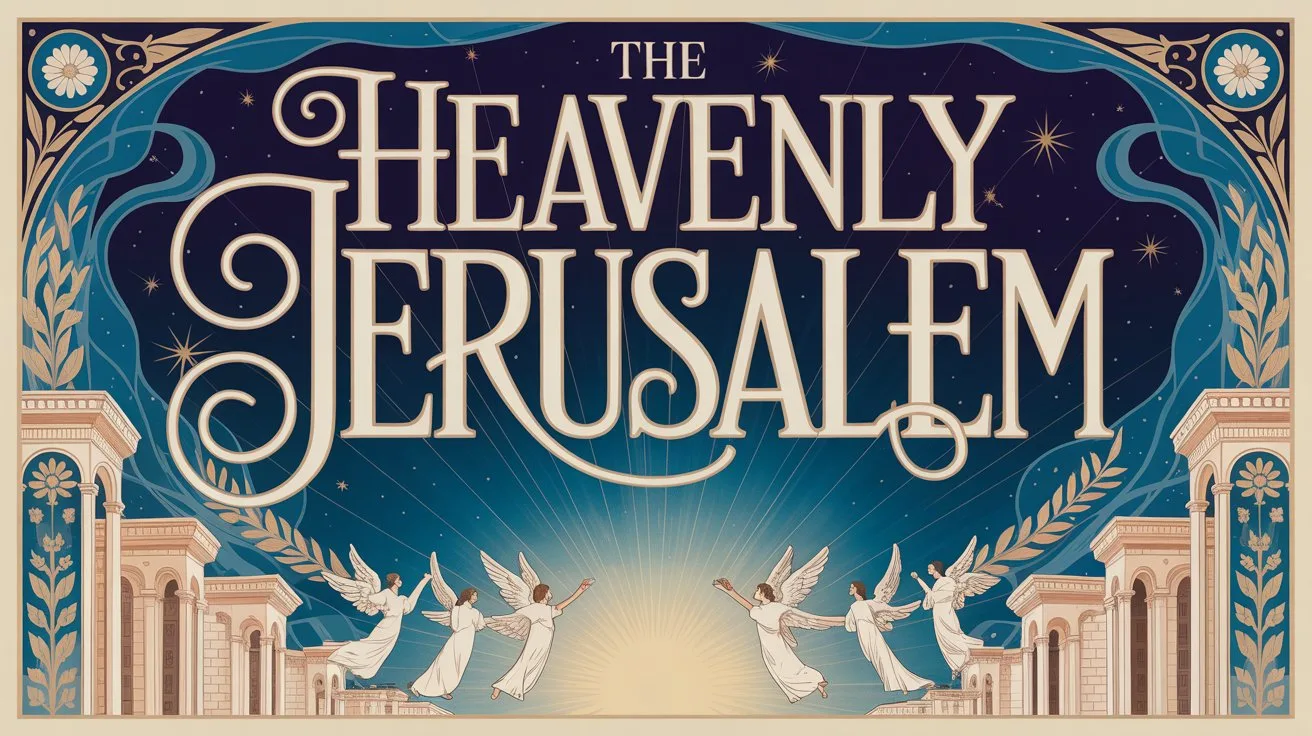The lampstands in the book of Revelation are symbolic representations of the churches and their witness before God. They are first introduced in Revelation 1:12–13, where John sees a vision of “seven golden lampstands,” and in the midst stands “One like the Son of Man,” referring to Jesus Christ.
Revelation 1:20 explains the symbolism: “The seven lampstands which you saw are the seven churches.” These were the churches in Asia Minor: Ephesus, Smyrna, Pergamos, Thyatira, Sardis, Philadelphia, and Laodicea, to whom the letters in Revelation 2 and 3 are addressed.
In this vision, Jesus is seen walking among the lampstands, clothed in glory and authority. This portrays His intimate presence and watchful oversight of His church. His role is not passive; He actively commends, corrects, and warns each church according to its deeds.
The lampstand imagery hearkens back to the golden lampstand (menorah) in the Tabernacle and Temple, which had seven branches and provided continual light in the Holy Place (Exodus 25:31–40). That lampstand symbolized God’s presence and guidance among His people and was to burn continually, fueled by pure oil.
In the New Testament context, the churches are the light of the world, and each lampstand represents their testimony and witness in a dark world (Matthew 5:14–16). Revelation 2:5 warns the church at Ephesus that if they do not repent and return to their first love, their lampstand will be removed, symbolizing the loss of their spiritual light and witness.
The lampstands teach that Christ is central to His church, that He evaluates each assembly, and that faithful testimony must be maintained. They represent the responsibility of the church to shine with truth, purity, and perseverance until He returns.







